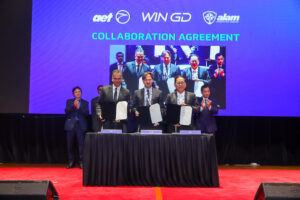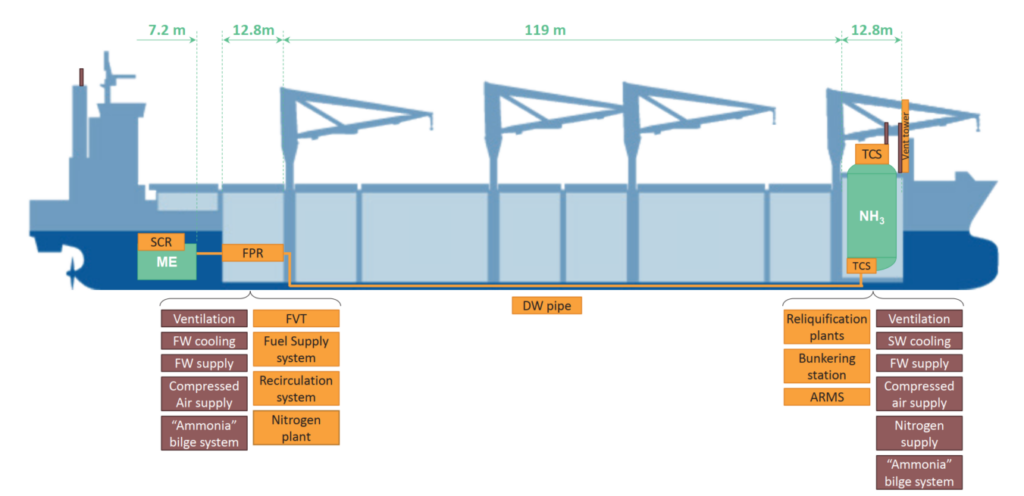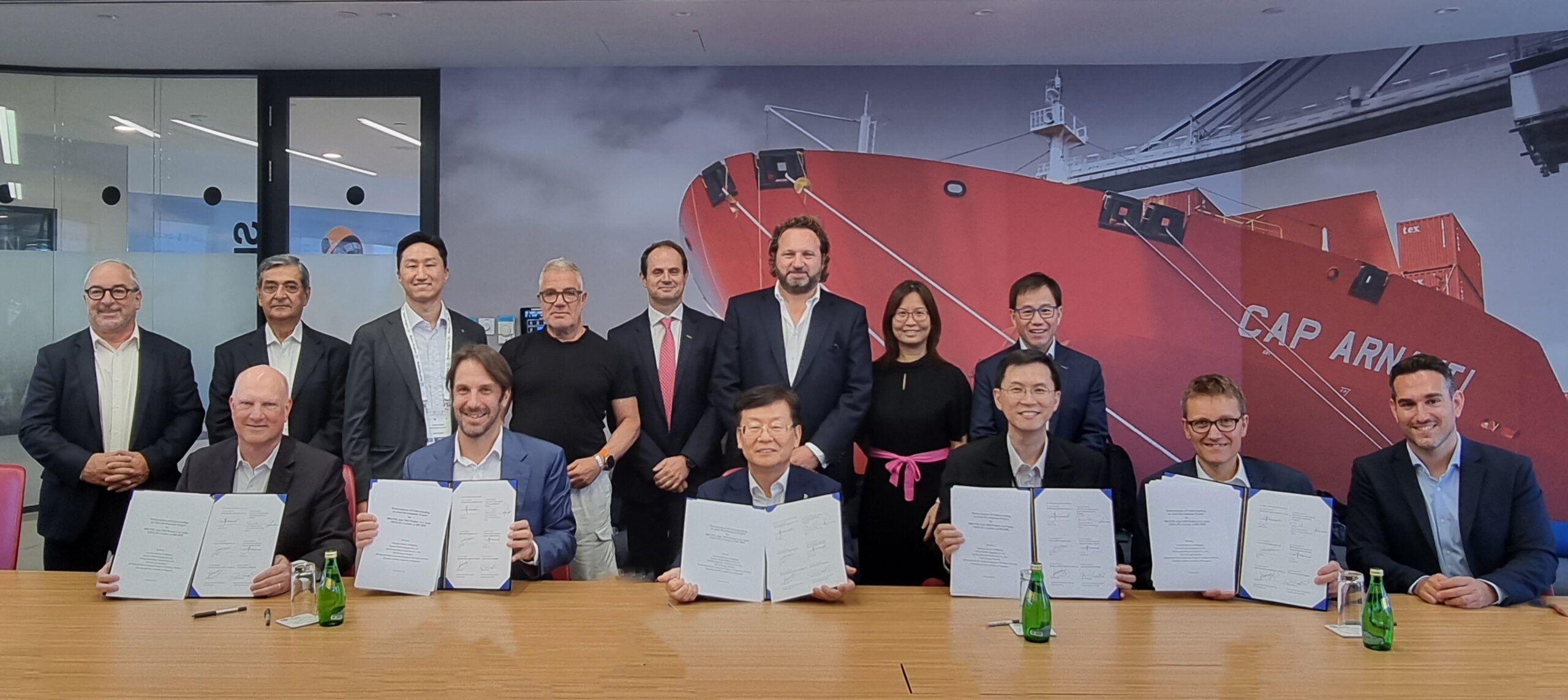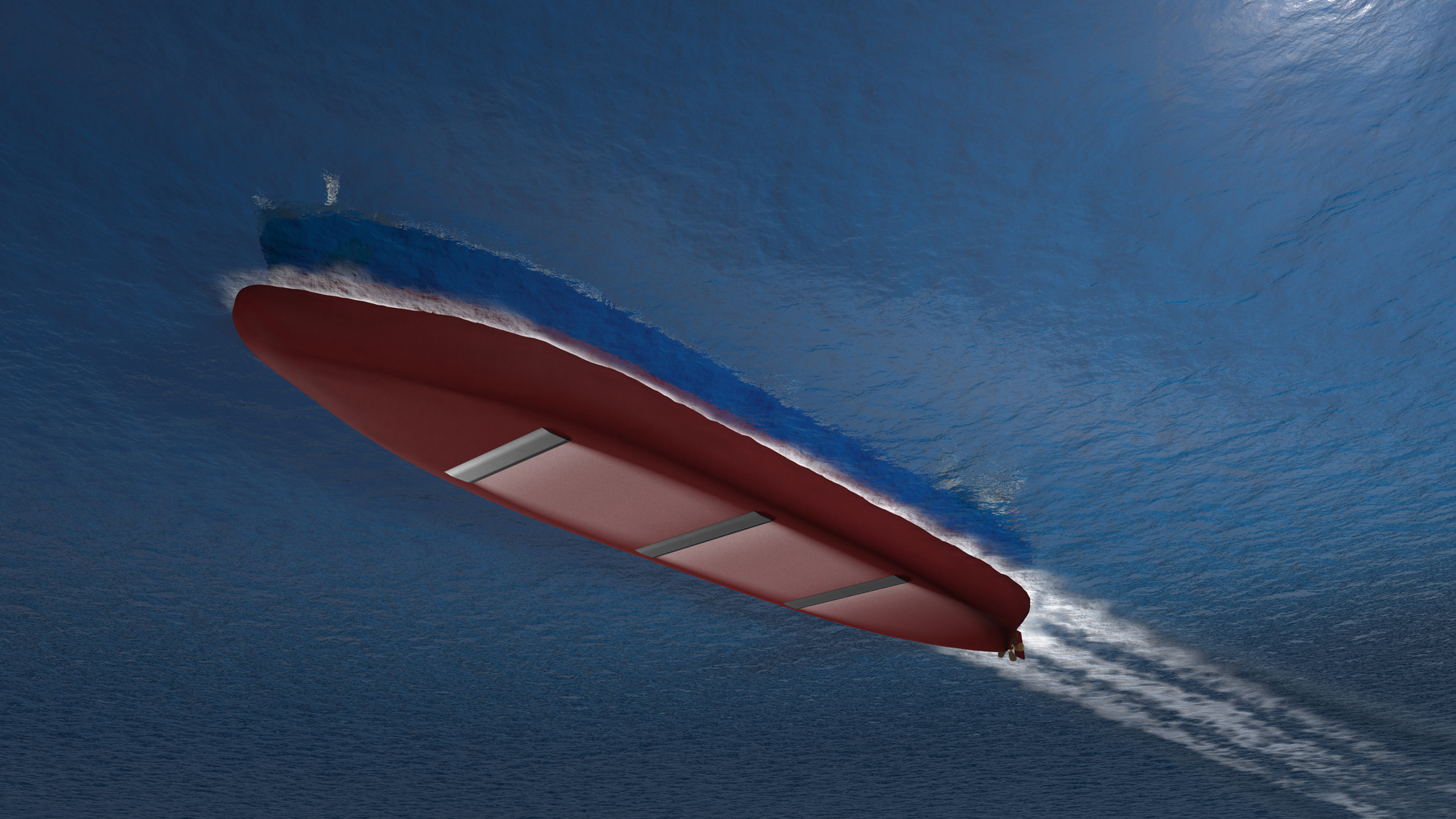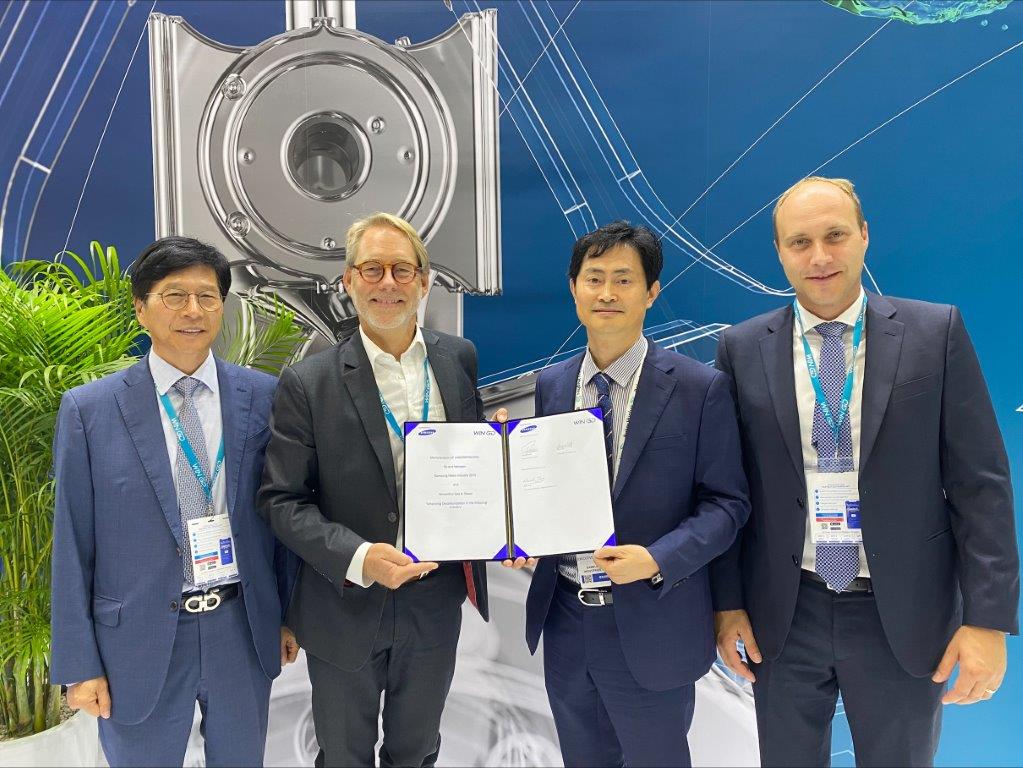While media coverage focused on cost, it was technology and system integration issues that were most insightful in a recent retrofitting pilot study.
“Elements we perceived as challenges have turned out not to be barriers for moving forward with a retrofit project.” So said Greig Star and its partners in the Green Shipping Programme, after a study into retrofitting one of the owner’s L-Class supramax vessels to use ammonia fuel.
That is a carefully worded statement. Challenges remain and go far beyond the cost, fuel availability and regulatory uncertainty that the project team noted as the three main concerns. While a capital cost of more than half of the vessel’s fair market value grabbed headlines, the gaps in technology maturity and integration are more telling.
Engine absences
Primarily the gaps are on the engine side. Auxiliary engines fuelled by ammonia are discounted from the study. That reflects the low-maturity of ammonia medium-speed engine development. But without that capability, ammonia-fuelled vessels cannot reach zero-emissions, unless the auxiliaries use biofuels.
There is also important information missing about ammonia-fuelled main engines at this stage. The working group responsible noted that “there has been limited work with processes linked to the combustion, [including] after treatment of exhaust gases, lubrication of the engine and potential changes to the turbocharger”. This is due to limited data available from the engine developer.
Those uncertainties also include the maintenance concept, critical for safe operation of ammonia engines. MAN Energy Solutions has confirmed that its test ammonia engine will be started before July, so more knowledge in those areas could be available this year. Owners will be particularly keen to see whether those learnings affect the US$10 million price tag the project applies for a converted MAN B&W 5S60ME-C8.1 engine.
There are unknown factors around maintenance of ammonia storage and processing equipment too. They include purging procedures (and how long they will take), which other safety precautions are needed, crew qualifications, repair yard capabilities and the availability of qualified service engineers. Many of these gaps are a result of regulations, both at IMO and national or port levels.
Storage choices
The choice of semi-refrigerated ammonia storage in Type C fuel tanks avoids some of the issues associated with other tank options, including the need for full secondary barriers and hull reinforcement. But it limits the volume of fuel that can be carried, which could be a significant disadvantage for larger vessels, and hull reinforcement may be required regardless, depending on the tank support structure, which was not considered in detail. Retrofitting Type A or B tanks would dramatically increase retrofit complexity and is another barrier for conversions on bigger vessels.
Fuel supply equipment, including the recirculation system, fuel supply system, fuel valve train, knock-out drums and ammonia catch system are all located in the fuel preparation room. No mention is made of whether, as in other assessments, the fuel preparation room would be split to minimise risk to engineering crew. The team notes that “what the final fuel supply system will look like is not 100% sure, and there might be findings during full-scale testing that require additional changes”.
Handling waste
The Grieg work makes no analysis of whether nitrogen plant (as opposed to pre-loaded canisters) will be needed to supply the gas for line purging and fuel tank inerting. This would involve further cost, as well as complexity around disposing of nitrogen and ammonia gas mixture. When equipment is maintained for example, it will need to be flushed with fresh water to avoid exposing engineers to toxicity. This ammonia-contaminated water remains toxic and environmentally hazardous, so a bilge system and storage is needed until it can be disposed of at port. The exact requirements of the system and the size of tank system needed are unknown.
Class requirements demand an ammonia release mitigation system (ARMS) to ensure that any ammonia vented is not at a harmful volume (DNV allows 30ppm). This system collects ammonia from piping and engine during purging or draining operations, handle releases from safety valves on piping system (except valves on fuel tanks) and other operational releases. While there are several principles that could be used, no ARMS solution has yet been finalised. Wärtsilä is developing ARMS technology based on oxidation, where ammonia releases are oxidized to water, nitrogen and nitrogen compounds.
Beyond technical considerations, how the vessel is financed and operated also require much more investigation. These may not be showstoppers. But with only very preliminary information on key fuel technologies, and big outstanding questions over integrating them, it is clear that fuel availability, regulation and cost are not the only barriers to making ammonia retrofits are feasible
Related stories
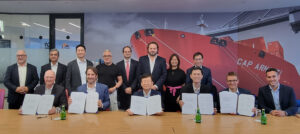
ABS joins landmark project for dual-fuel Ammonia carrier
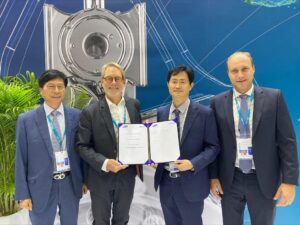
WinGD and Samsung Heavy Industries to cooperate on future fuel applications

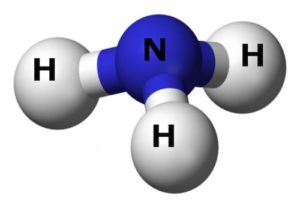
WinGD on track to deliver ammonia engines in 2025
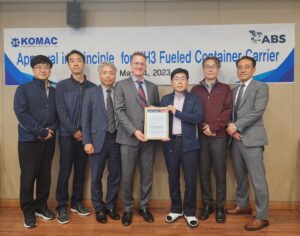
ABS Issues AIP for new Ammonia-fuelled container ship
